Your journey from the KOMTAR tower in central George Town is relatively uneventful. The clean efficient Malaysian bus sets a benchmark that all future public buses you take will fail to equal. The sleek modern bus glides effortlessly along the spotless smooth roads. Arriving at the suburban town of Air Itam, you are surrounded by Chinese shops that sell joss items for ritual burning. The small family-run businesses sell almost any item in paper form to supply the pilgrims that head to this special place on the island of Penang. You get off the bus and, heading away from the shops, make your way towards a more sparsely developed area. The road climbs upwards and the buildings give way to vegetation. Soon, you turn onto a road that climbs Crane Hill. The way is sheltered by tree canopies and the light struggles to break through the thick natural parasol. Having waited until the late afternoon to visit, the road seems particularly dark as the sun nears the horizon. Looking up the hill, a set of buildings occasionally comes into view and then disappears amid the trees. As your legs reach their limit, you arrive at the gate to one of the most spectacular Chinese temples you will find; Kek Lok Si, Temple of Supreme Bliss.
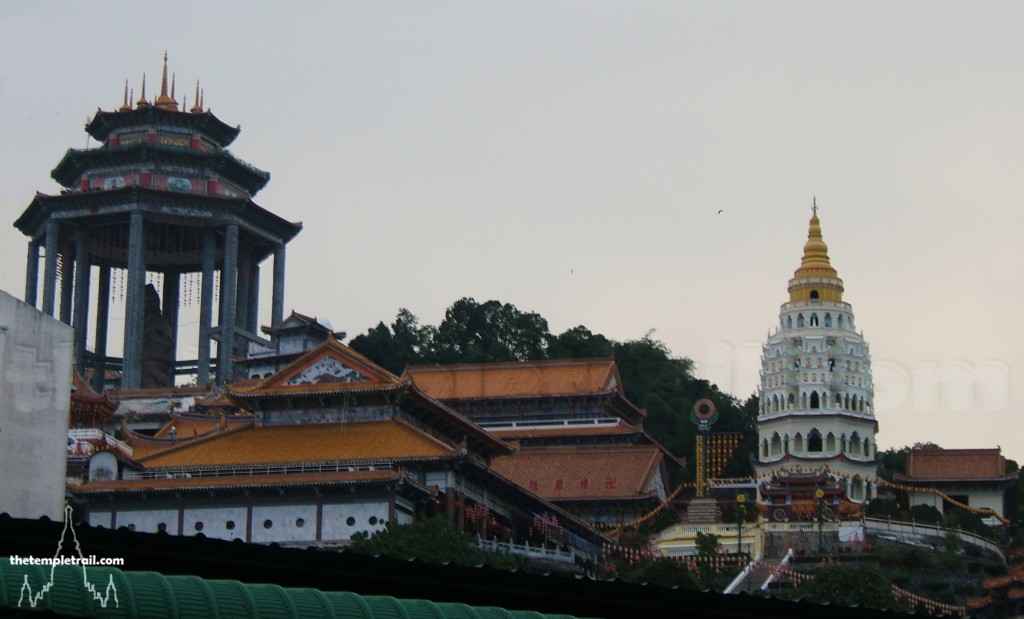
Founded in 1890 by the chief monk (the venerable Beow Lean) of the Kuan Yin Teng (Goddess of Mercy Temple) on Pitt Street, Penang, Kek Lok Si’s construction was funded by the local Chinese community with support from the Qing Dynasty in China. Emperor Guangxu donated 70,000 volumes of the Imperial edition of the Sutras to the temple along with a tablet to mark its foundation and the Empress Dowager Cixi sent some scriptures of her own. Beow Lean, originally from Fujian province in China, became the first abbot of Kek Lok Si. The temple has been continuously improved upon and it has grown into a monster. It is the biggest Chinese temple in Southeast Asia and easily one of the most impressive you will see. It totally eclipses the vast majority of temples you find in China, as rich benefactors have ensured that the temple has a unique design and enormous size. The two main features of the temple are the pagoda of the 10,000 Buddhas and the statue of Kuan Yin (Guānyīn). The temple is still expanding and the wealthy Chinese benefactors fall over each other to donate more and more lavish sums of money.
The light of the Malaysian sun is slowly dwindling and as the New Year lanterns begin to come on the temple starts to take on an otherworldly atmosphere. The name Kek Lok means supreme bliss in the Hokkien language; this equates to the Buddhist Western Pure Land of Sukhavati. Sukhavati is the Land of Bliss of Amitabha, the Buddha of Infinite Light. Pure Land Buddhism is very popular in China, Japan and Vietnam as it accepts all people regardless of their life deeds. The Pure Land scriptures say that Amitabha will appear to anyone who calls him upon their death. Kek Lok Si not only embraces the Pure Land Sect, but also straddles both eastern Mahayana and southeastern Theravada Buddhism.
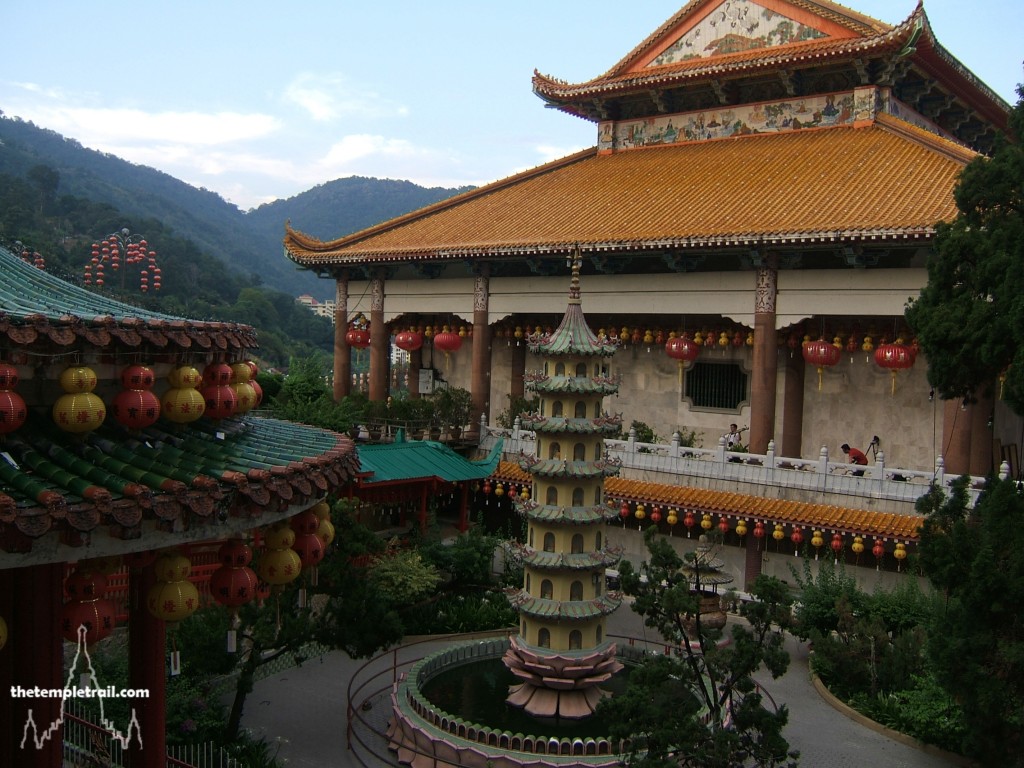
The large ordination hall is the first building that greets you and you walk past it and through the first courtyard as you make your ascent further up the hill and deeper into the complex. The central courtyard holds a seven storey miniature pagoda in a purely Chinese-style. Upward steps go past the vast rocks that have been carved with Chinese characters and through a circular portal that opens into a cloister.
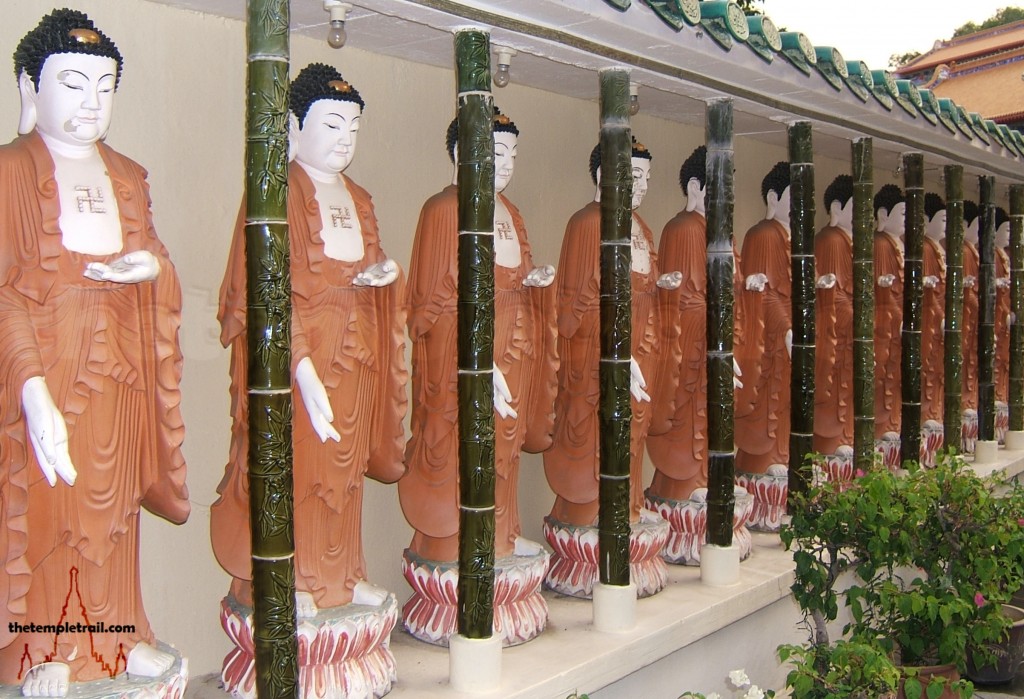
Walking past rows of Amitābha Buddhas that line the cloister, you come to the main prayer hall of the temple, the Pavilion of the Seated Buddhas. As interesting as the inside of this building is with its three wonderful Buddha statues representing Śakyamuni (the historical Buddha), Amitābha and Bhaiṣajyaguru (the Medicine Buddha), the lights draw you out of the hall.
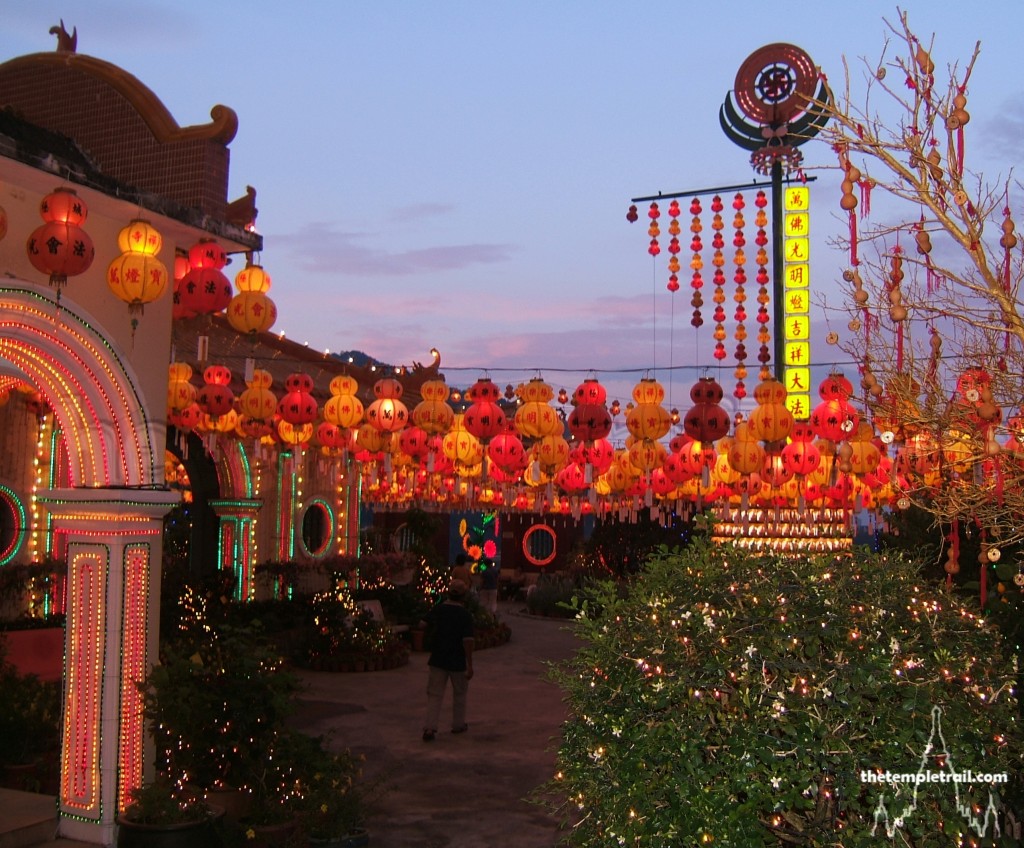
All around you, the temple is glowing. The many halls and pavilions are framed in thousands of lights. The roof of each building distinctly cuts into the ever darkening backdrop of the tropical sky. In the second courtyard of the temple, you are surrounded by lantern covered buildings. Soaring upward next to you is the main attraction of Kek Lok Si, the Pagoda of Rama VI, named after the king of Thailand who laid the foundation stone for it.
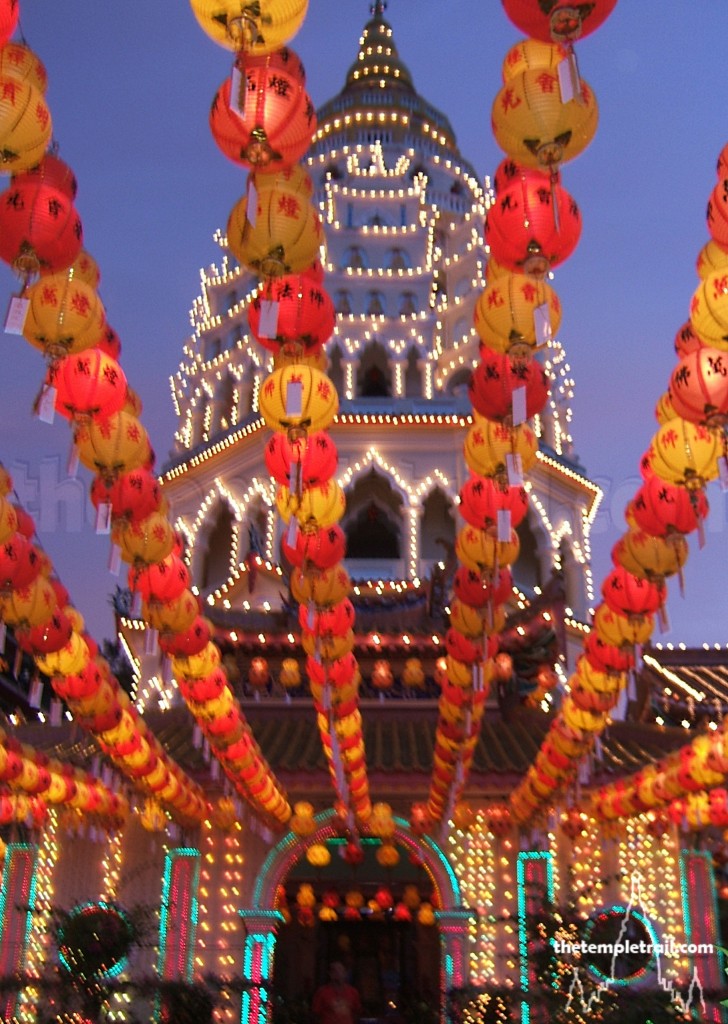
Also known as the Pagoda of 10,000 Buddhas (Ban Po That in Thai), it dates from 1930, and is of mixed-style. Rather than sticking to the Chinese-style of the rest of the temple, it develops as it climbs into the sky from octagonal Chinese-style, through Thai-style, eventually transitioning into Burmese-style. The Chinese tiers reflect the Mahayana heritage of the temple; the Thai segment and Burmese crown pay homage to Rama VI and symbolize Theravada Buddhism. The pagoda is a lesson to all that the school of Buddhism is not important, but the Dharma is.
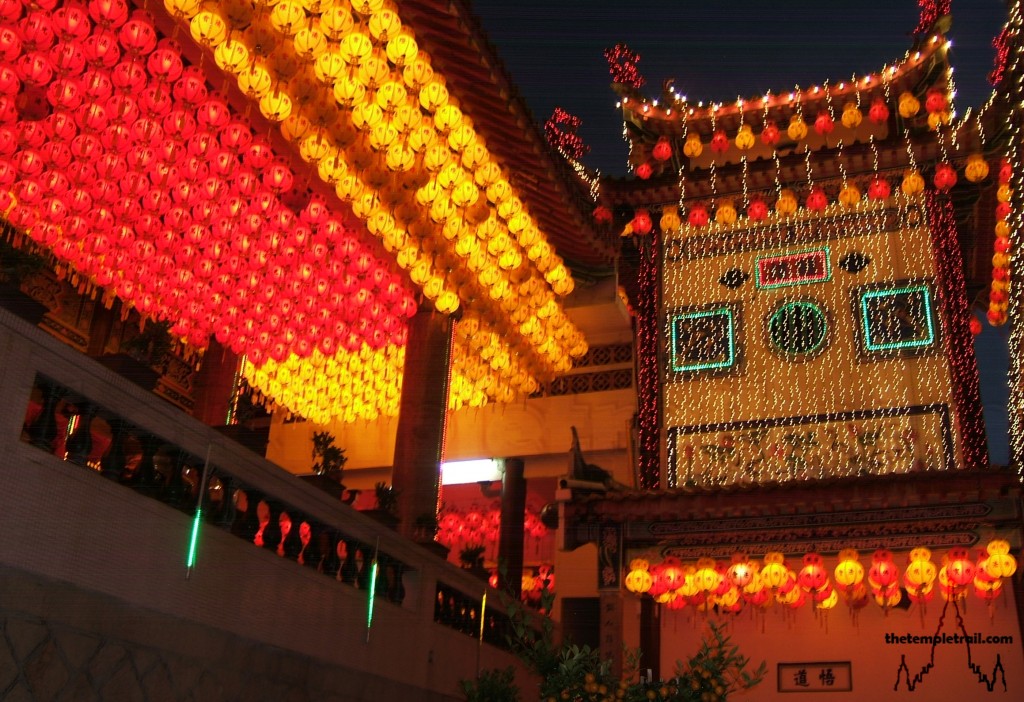
Here in the darkness of Penang, the lit up tower is like a lighthouse guiding lost souls to the Land of Pure Bliss up on Crane Hill. The beacon blots out everything else and from here, even the massive statue of Kwan Yin that sits on a different part of the hill looks tiny. The statue and its shelter are very impressive, but are best enjoyed from your spectacular vantage point at the peak of the hill. The shelter and statue are the two latest additions to the temple with the 30 metre bronze statue being completed in 2002 and the shelter in 2009.
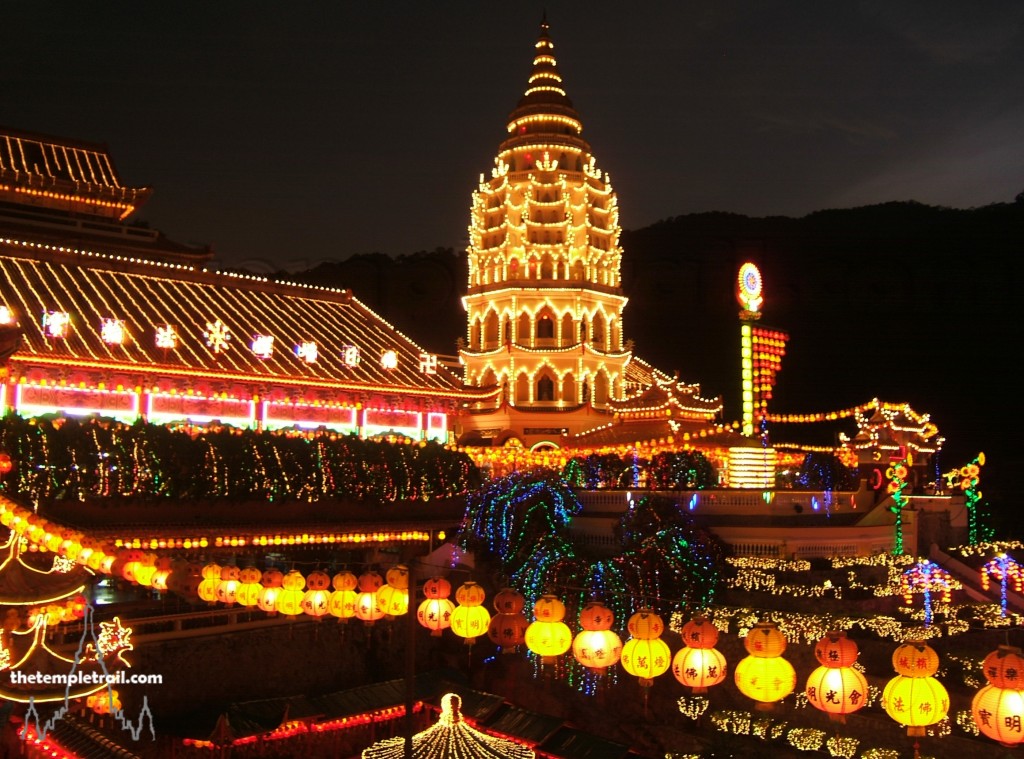
All around you, lights swathe the temple in their luminescence. A few pilgrims of Chinese extraction wander amid the buildings taking in the lights and tying up red ribbon New Year wishes on the trees. The glow paints the sky as you look down on the temple complex. Like a beautiful painting, it twinkles out of the darkness. Wending your way back down through the site, the path descending the hill is gently lit by the heavenly brilliance of Kek Lok Si. The pure joy of the temple seems to radiate down the slopes and you ride the happy wave back to Air Itam. From below, the temple twinkles like a crown on the hill, outshining all the stars of the heavens.
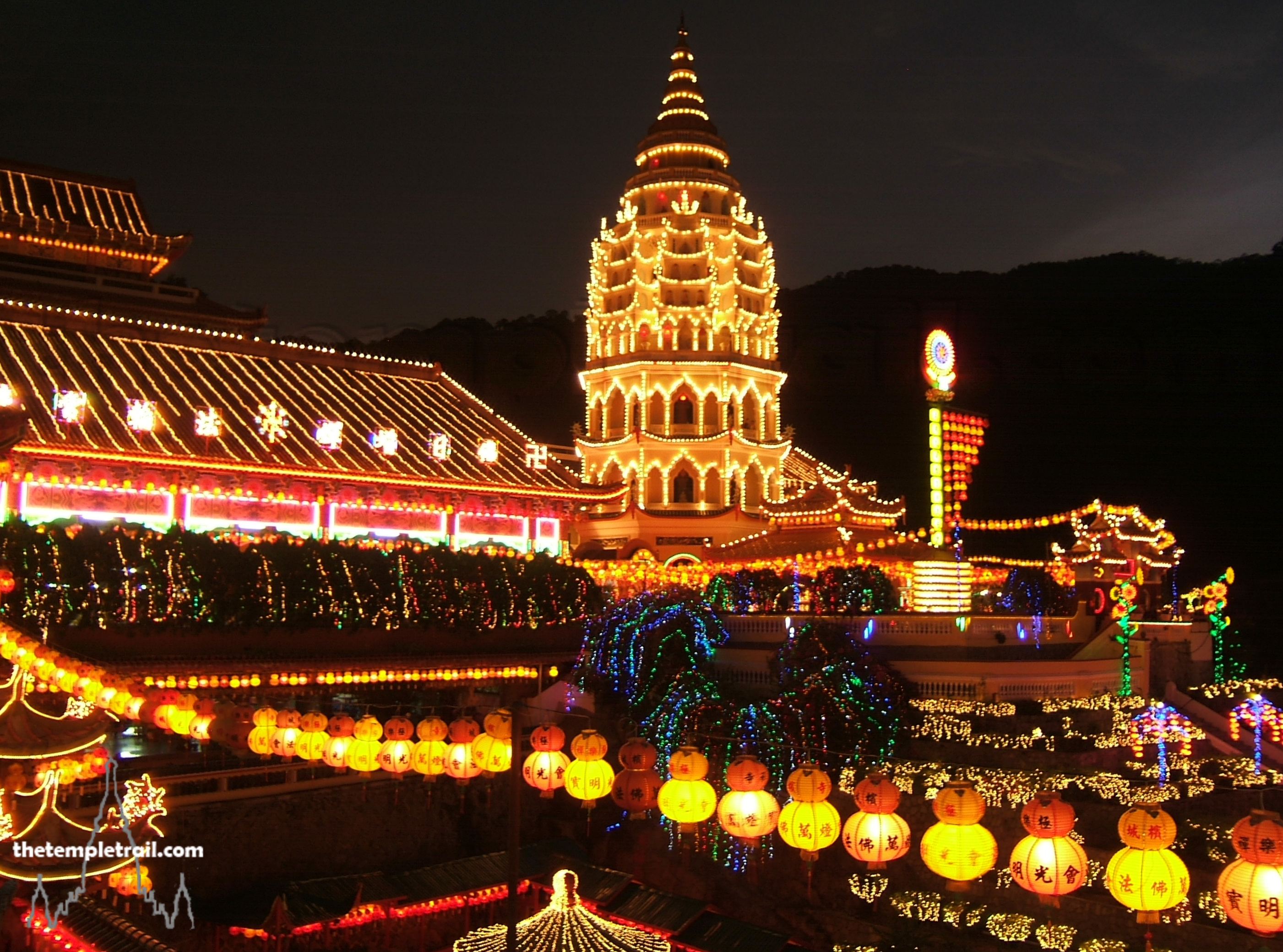
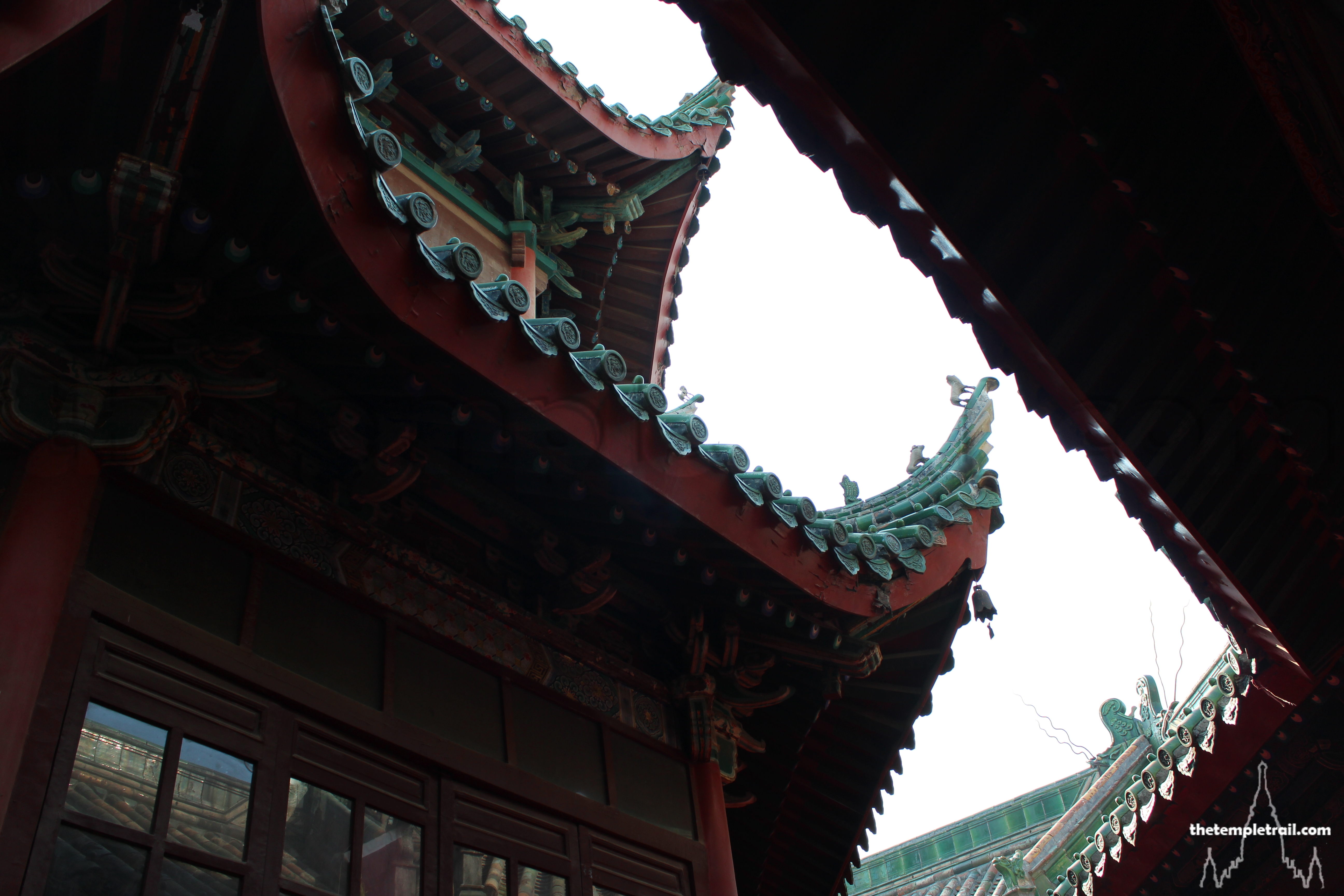 Temple of the Chief Minister
Temple of the Chief Minister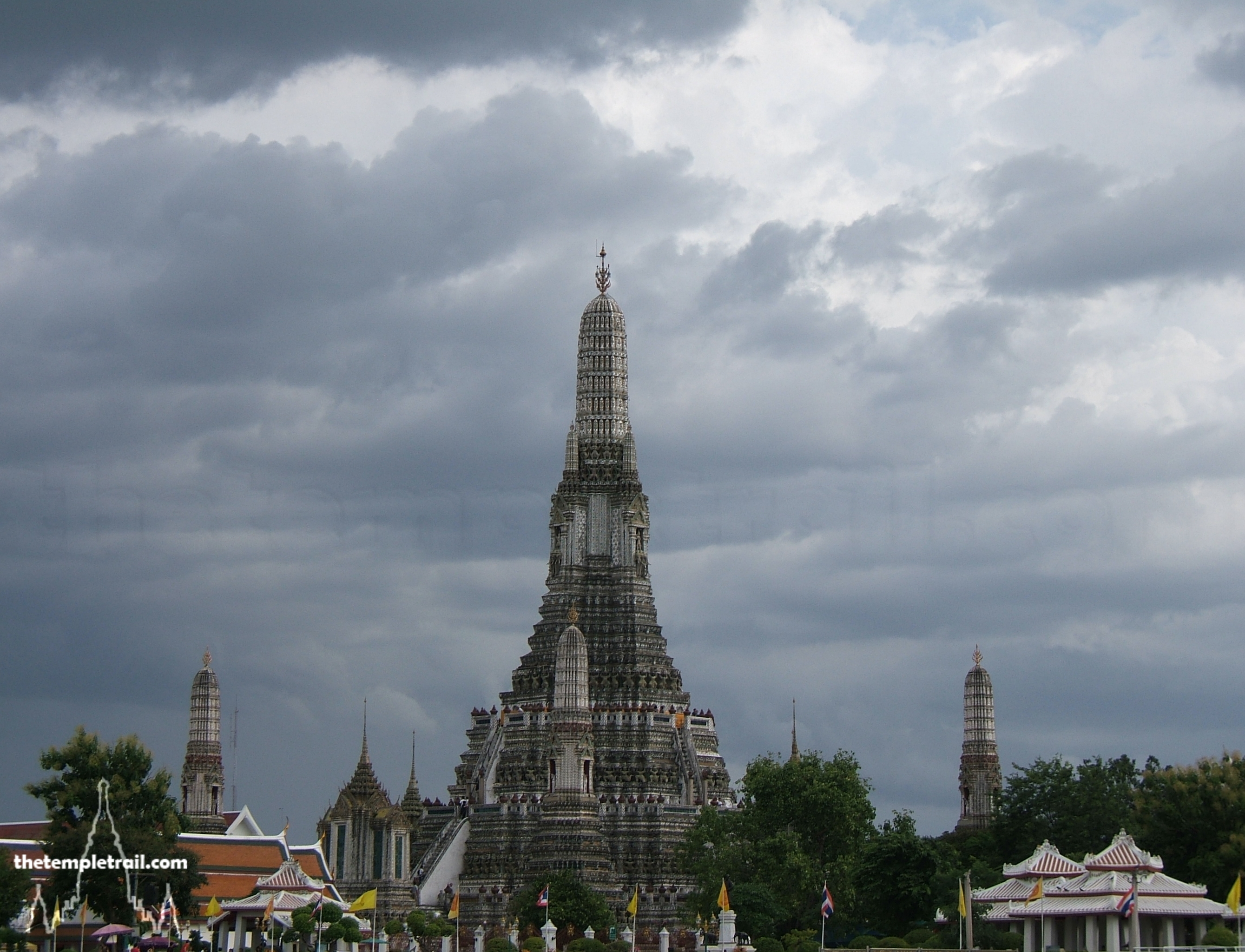
I went to Kek Lok Si Temple a few times this month. Yesterday I went in the afternoon. There were dog poop here and there. Also I noticed the staircase next to the shops, there were items for sale lining up along the railing of the staircase. This poses danger to tourist and elderly who need to hold on to the railing when climbing up the staircase or going down. I think those things for sale should not block the staircase and railing.